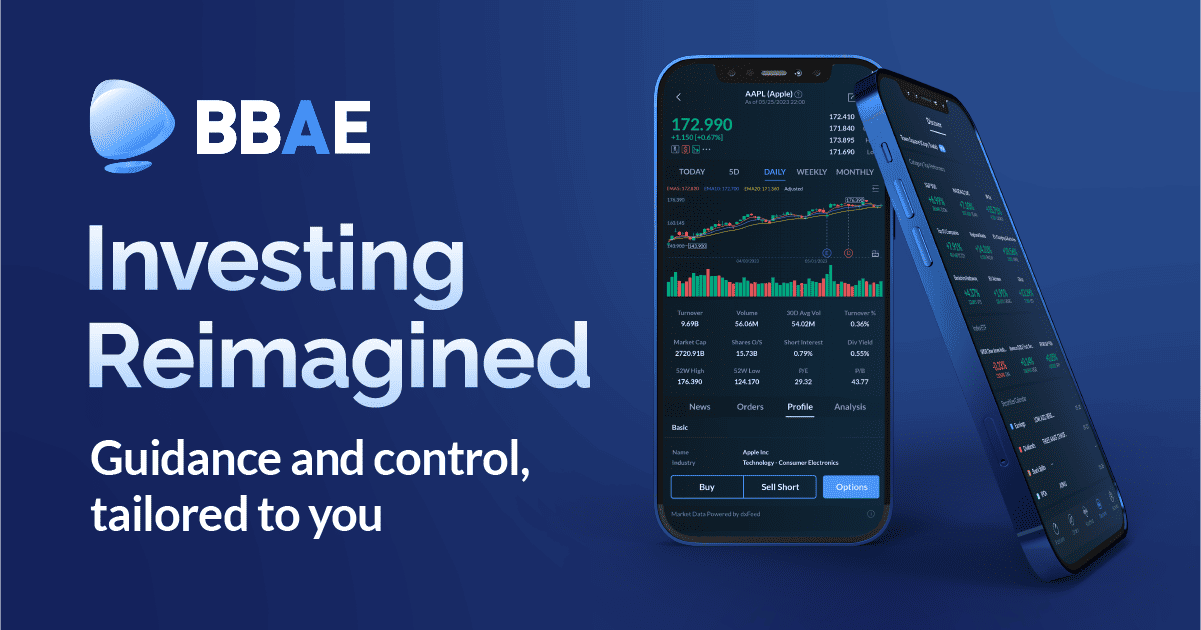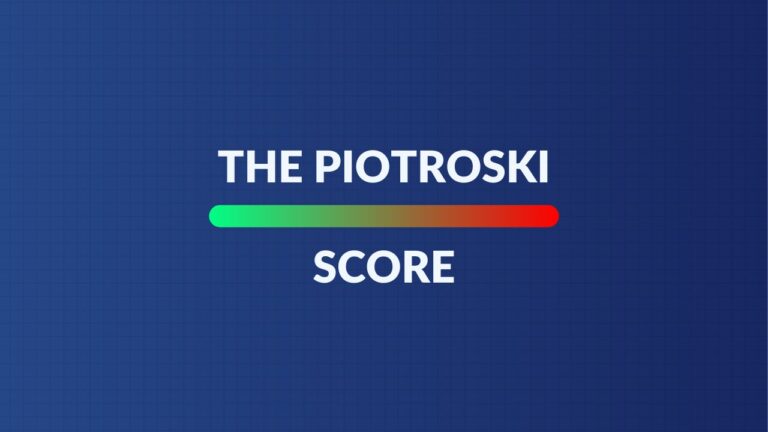Lemonade (LMND) – Earnings Review – March 02, 2024

Lemonade is a digitally-native insurance company. It aims to leverage AI to automate pieces of the tedious onboarding & claims processes and to sharpen underwriting models. Its goal is to delight customers with a superior experience (file a claim in seconds) to keep them loyal and coming back for more products.
Demand
- Beat In Force Premium (IFP) guidance by 2.7%.
- Beat Gross Earned Premium (GEP) guidance by 3.4%.
- Beat revenue estimates by 3.6% & beat revenue guidance by 7%.
- Net interest income and a small decline in ceded premium rate are why revenue growth led premium growth.

Bps = basis point; 1 basis point = 0.01%; CAGR = compounded annual growth rate

Source: Brad Freeman – SEC Filings, Company Presentations, and Company Press Releases
Profitability
- Beat EBITDA estimate by 28% & beat EBITDA guide by 33%.
- Overall non-GAAP operating expenses (OpEx) fell by 5% Y/Y. GAAP OpEx fell slightly Y/Y.
- All three major OpEx buckets fell Y/Y in dollar terms. Headcount fell 8% Y/Y.
- Beat -$0.80 GAAP EPS estimate by $0.19.
- Beat 26.2% GAAP gross profit margin (GPM) estimate by 290 basis point (bps; 1 bps = 0.01%). GPM is tightly correlated with loss ratios.


Source: Brad Freeman – SEC Filings, Company Presentations, and Company Press Releases
Balance Sheet
- $945 million Cash & equivalents.
- No debt.
- Share count rose by just 1.2% Y/Y.
Annual Guidance & Valuation
Lemonade’s annual revenue guidance missed by 2.6% while its annual EBITDA guidance beat expectations by 2.7%. Its annual IFP guidance was 1.1% ahead of expectations. As revenue is a byproduct of its ceded premium rate and investment income, the IFP beat is more important to me than the revenue miss. It guided to 26% Y/Y IFP growth vs. old guidance calling for 25%+ Y/Y IFP growth. It expects to accelerate top line growth throughout the year as the regulatory pricing approval backdrop improves. Much more on this in the next section.
“In 2023, we intentionally slowed growth to minimize sales of products in areas where we are still underpriced… 20% growth outpaced the industry, yet was slower for us vs. previous years and future years if things go to plan.” — Co-Founder Shai Winninger
The company reiterated plans to turn free cash flow positive in 2025 and EBITDA positive in 2026. It also reiterated no cash raises until it turns profitable and can raise from a point of strength with compelling rates, rather than from a point of weakness and need.
“Our approach to guidance this year is measured as always, but it’s realistic and it’s in line with our own internal expectations… While there is always the aspiration for outperformance, especially this early in the year, we would urge listeners caution about assuming that our guidance is overly conservative. It is not.” – CFO Tim Bixby
Lemonade trades for about 6x 2024 gross profit. Gross profit should grow by roughly 20%-25% Y/Y.
Call & Release Highlights
The Backdrop:
2023 was a historically challenging year for insurance. Severe weather events skyrocketed in terms of damage and frequency. Spiking cost of capital severely weighed on reinsurance demand overall. Soaring inflation levels greatly weighed on the profitability of books across the sector. As a reminder, claims float freely and rise with inflation while premium changes in the U.S. must be approved by regulators. Regulators are slow, and the time lag leads to unit economic deterioration while the process unfolds. Lemonade’s automated and light-weight operations have meant it enjoys a faster pace of rate approvals than most, but this has still been a thorn in its side. All of these factors have led to multiple large insurers pulling out of large markets like California.
Lemonade, since 2022, has committed to only pursuing profitable growth across markets and geographies. It has pulled back in some places and leaned into growth in others. The result for 2023 was cutting growth spend, allowing premium growth to slow and enjoying an acceleration in its path to profitability. That’s what made 2023 such a “pivotal year” for Lemonade, despite the industry chaos.
Now for 2024? Inflation is easing, rate approvals are flowing in and cost of capital is almost surely peaking. These factors (especially rate approvals) are exactly what Lemonade needs. The green shoots are how it can turn the growth engines back on for home and car insurance in states like California. It will be more aggressive with growth in 2024 vs. 2023, but still not nearly as aggressive as during the years before.
The plan is to double growth spend from a depressed $55 million 2023 level to $110 million in 2024. It also plans to add 50% more IFP this year vs. 2023 with the added growth spend carrying a 3x return on investment over the next couple years. This is why the pace of EBITDA loss improvement in 2024 is expected to moderate.
Lemonade’s goal for 2024 is to still improve EBITDA losses while exponentially boosting growth spend. That boost in isolation would have led to worsening Y/Y EBITDA losses. GenAI advancements have allowed it to triple the % of automated customer service email responses in just months. This will drive more cost savings and continue shrinking losses.
“As the universe of products and geos where we are rate-adequate expands, we will grow in lockstep. We’re excited to step on the gas once more… We are on a trajectory of steadily gaining velocity, as we smoothly accelerate our growth rate back to our target baseline of 25% CAGR, and beyond.” – Shareholder Letter
“We reflect back on this tumultuous period quite sure that we are emerging from these shocks the better for having endured them. We are leaner, more resilient and with fewer competitors than we would have had without the turbulence.” – Co-Founder/ CEO Dan Schreiber
Synthetic Agents and EBITDA vs. Free Cash Flow:
If the “Synthetic Agent” concept is new to you, I’d highly recommend reading about the program in section 9 of this article. It’s an important concept for Lemonade’s growth, liquidity and overall investment case. One does not fully understand Lemonade, the company, until one understands this program.
In 2024, Lemonade expects to boost the 50% of its growth spend currently being financed by General Catalyst (GC) to 80%. GC seems to be pleased with how the partnership is progressing, as it just added another $140 million in growth funding. Notably, this financed spend is still incurred as a sales & marketing operating expense on Lemonade’s income statement. It still impacts EBITDA and net income. BUT… it does not impact cash flow. Lemonade expects its FCF to meaningfully and positively diverge from EBITDA improvement as a result. While the 2024 EBITDA loss improvements are set to moderate, the cash burn improvement is expected to stay rapid.
This program is how its cash position rose from $942 million to $945 million over the last 6 months despite GAAP losses. It has effectively and expeditiously fixed its balance sheet and liquidity crunches. This is no small thing. Lemonade is no longer in any material danger of running out of cash; its net cash position should bottom around $860 million by year’s end (it thinks).
“This isn’t a mission accomplished moment, not by a long shot, but the progress in 2023 was tangible and material, and it increases our confidence that we’re on track not only to turn cash flow positive next year with plenty of cash in the bank, but to build a large, enduring and profitable business thereafter.” – CEO Dan Schreiber
Europe:
Things are now going very well in Europe for Lemonade. It was a slow start, but momentum is accelerating significantly. Gross profit is improving briskly and premium growth was 100% Y/Y on that continent. Impressively, 30% of its new customers this quarter came from Europe vs. 3% 18 months ago. That’s partially due to European regulation being friendlier than in the USA. Lemonade can more freely adjust premiums without constant and slow pre-approvals across the pond. This leaves it significantly less vulnerable to the risk that catastrophic events (CAT) and inflation pose to its loss rates and margins. So? While it has had to pull back on growth in the states, the same has not been true in Europe. The letter explicitly took the time to praise Lemonade’s team there and to talk up near-term tailwinds. It will launch home insurance as its second European product line in the UK and France this year.
Gross Loss Ratio (GLR):
Lemonade’s GLR encouragingly dipped below 80% for the first time in two years. It expects continued improvement in this important ratio, but not linear improvement. It’s likely that there will be more quarters of elevated loss ratios while the book is still small and more vulnerable to severe weather than larger competitors. Notably, for this quarter, CAT was only a 500 bps drag on GLR vs. 1,000 bps Y/Y. GLR fell by 600 bps Y/Y excluding this impact. Loss ratios for each individual product also fell between 900-1,800 bps Y/Y. Good to hear.
Lemonade talked in detail about loss ratio seasonality as well. We don’t need to get into the weeds here, but going forward, it will disclose a trailing 12 month (TTM) GLR. This is typical within the industry, and smooths out some of the noise from quarterly loss ratio volatility. Its TTM GLR in 2023 was 85% vs. 90% in 2022. As a reminder, this is still elevated vs. industry norms due to new product introductions and brisk new customer growth. New products and users generally start at loss ratio peaks. More of Lemonade’s book is made up of this type of business vs. incumbents.

from letter
Lifetime Value Model #9 (LTV 9) & U.S. Home Insurance:
Lemonade continues to sharpen its LTV underwriting models to hone in on the net present value of new business more precisely. The company was born as a digitally native AI-powered insurance company. That’s how it onboards in minutes, pays out claims in seconds and carries a customer satisfaction marking astronomically higher than legacy players. It’s not trying to frantically retrofit siloed and archaic systems to work in modern times; it built those systems to be seamlessly molded with no downtime, no disruption and no headache.
Lemonade’s latest LTV 9 model is a compilation of 50 ML models. It has “revealed components of risk clusters that seemed monolithic to older models,” but aren’t. This is powering greater risk selection and that improvement will continuously improve over time. The new model has uncovered that its Renters business is more successful than it thought and Pet is about as expected; Car and especially Lemonade Home are struggling compared to expectations. These struggles are entirely related to regulatory rate approvals as the LTV model only considers current premiums, and not prospective changes to those premiums. Lemonade is confident that it knows exactly which customers to pursue when approvals finally come in states like California and New Jersey.
For now, this means it’s pulling back mainly on new home policies with 13% of new premiums from home in 2023 vs. 27% in 2021. Most of this is because of California with 1% of its new home premiums coming from that state last quarter vs. 37% in 2021. That’s the largest piece of the intentional growth slowdown in 2023. Again, temporary and due to slow regulators and high inflation. While this is frustrating, the headwinds will eventually shift to tailwinds. That’s already beginning to happen, with the coinciding initial re-acceleration in IFP growth set to take place throughout 2024 and 2025.
While this process unfolds, Lemonade will debut a new 3rd party paper home insurance program. This will entail onboarding users through Lemonade’s best-in-class interface and using other insurers to actually underwrite the policies. It already does this with its earthquake and term life insurance.
Car Insurance:
Based on expected rate filing approvals, car insurance should be about 15% of new premiums in 2024 before doubling to 30% of new premiums in 2025. There is strong demand for this product as regulatory headwinds fade. In states where car insurance can be properly priced and Lemonade is pursuing growth, premiums rose by 50% Y/Y. Furthermore, unleashing the car business should boost the proportion of new plans sold to existing users. In those same states where it’s freely growing the business, cross-sell rates are 30% vs. 25% elsewhere. That will assist with marketing intensity and profitability.
Final Notes:
- Its newer Chewy pet insurance partnership is “going well.”
- Gross margin should continue to expand going forward.
- Overall multi-product Lemonade customers represent 4.5% of total vs. 3.7% 18 months ago. That percentage is now nearing 10% of total customers in Illinois. That was the first state in which it had its entire product suite available.
Take
The stock may have tumbled nearly 30% following the report, but the company continues to surgically manage its balance sheet, growth and path to profits. It continues to prove itself to be a viable business and continues to lead the insurance industry’s customer service quality by a mile and a half. Headwinds will shift to tailwinds in 2024 and Lemonade will “step back on the gas pedal” to capture that opportunity. Expect continued demand re-acceleration, improving margins and no pressing balance sheet issues in 2024 thanks to its synthetic agents program. What else did you want? I’m pleased, yet still consider this too speculative and too far from profitability to make it a core holding. I added a little bit to my stake this week, but it will remain smaller for the time being.











